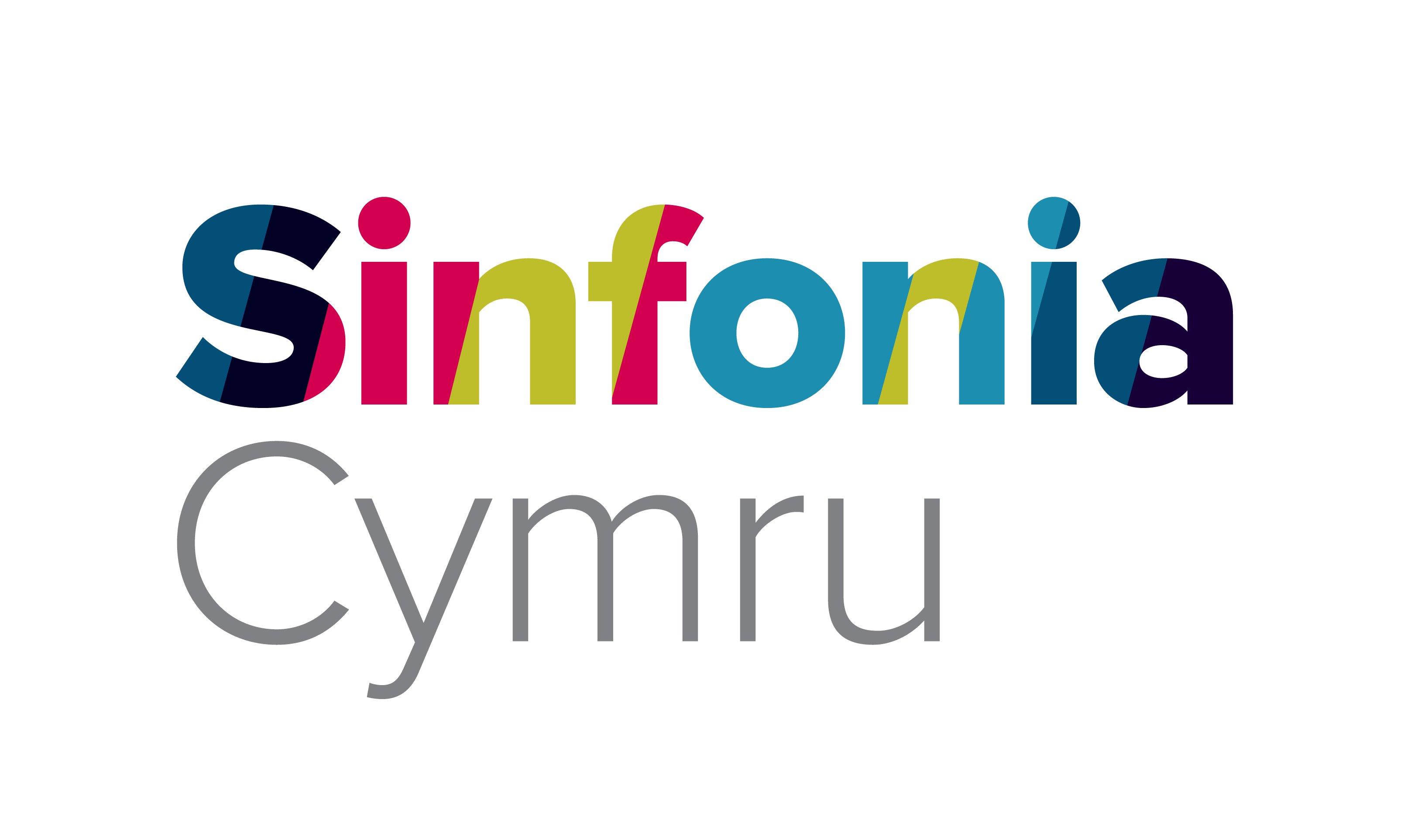To get the best out of an arts project, focus on the process, not just the end product, thinking about the learning outcomes, not just the artwork you want to hang on your display walls.
By developing a series of lessons rather than just a one-off, you will really get the most out of your young learners, allowing them to develop personal skills like perseverance and discipline.
Download this blog as a resource sheet.
Visual Art #1: Focus on the Process, not the Product
1. Starting-off activities
Encourage exploring and experimenting with these start-off activities:
- Colour mixing -choose two primary colour paints (red, yellow or blue) and proceed to fill a page exploring all the different colours that can be made with only those two primary colours.
- Lighter/darker- choose only one primary colour paint but ask learners to mix with white and black paint to fill a page with all the various shades that can be made.
- Compare and contrast hot colours (reds/oranges/yellows) and cold colours (blues/greens/purples).
- Ask learners to take close-up photographs with a theme e.g. ‘borders’.
- Zoom in- choose a small section of a painting to copy, or use a magnifying glass on an object.
- Fold a piece of plain paper into 4 or 8, and proceed to fill each square with a something different. Guide the learners by providing an adjective that represents different elements of line and tone for each new square, e.g. thick, thin, light, dark, twisted, spiky, delicate, busy. Or give a new direction each time e.g. draw with your opposite hand, without looking at the page, or without taking your pencil from the page.
- Fill a small square of card with texture- using plenty of PVA and mixed-media materials (corrugated cardboard, straw and pasta are great for this). Once painted these textured pictures will really be transformed!
2. Developing ideas
Allow time for learners to discuss and share their work with the whole class or with a partner. Encourage learners to be reflective by describing what they did, followed by what they like and feel about their own work. Encourage them to give and receive feedback on their work, using word walls with key vocabulary to frame their sentences and conversations.
By the final lesson you could aim to give them free choice in the materials they use to create a piece of art within your theme. For example after studying and experimenting with the colour palette of a Welsh artist such as Kyffin Williams, Peter Prenderghast or Rhiannon Williams, encourage your learners to create their own landscape picture based on the view from your classroom window for example, incorporating the colour palette in a different context. This ensures that their work is their own and celebrates originality and individuality.
3. Displaying the work
The results of the early experiments may be beautiful and a good introduction to creating abstract art (especially where they have ‘filled a page’). Combine the finished pieces together side-by-side to create a collage full of detail (they could become the ‘scales’ of a dragon to display on your walls for example). This enables you to include every individual’s work, and celebrates trying out new ideas and risk-taking.
If you have an easily adaptable gallery area in your class, e.g. a magnet board, your learners can choose which element of the work they wish to display. You can encourage them to choose work from the development and exploration stage if they have particularly enjoyed those parts of the project.
What next: apps to try out with your learners
Use a safe online social media sharing app such a see-saw to share the art-work of your young learners. If using the twitter and instagram be sure to include the handles of the artists themselves as they may even respond! Using social media ensures conversations about art can carry on outside the classroom- either at home or with friends. You can even get peer-to-peer learning between schools by partnering and sharing art-work.
This is a series of 15 ‘Skills not Frills’ resource sheets, each accompanying a short video.
This is no #1 of 3 visual art resource sheets and accompanying film.
A2 Connect Arts Champions are teachers who work with us to share their practice and expertise with other schools/teachers in the region.
*Create and discover opportunities for your school and pupils, or your creative business*
Whether you’re a teacher looking for a creative person to share skills and inspiration with your pupils … or a creative person looking for teachers and pupils who can benefit from your input: make sure to CREATE as well as SEARCH for opportunities on Plwg.


